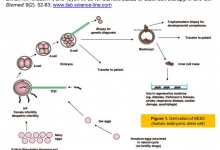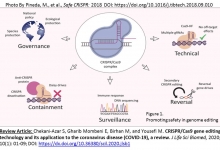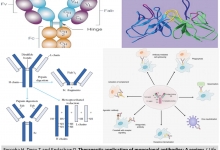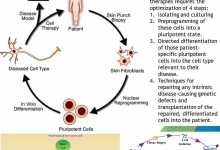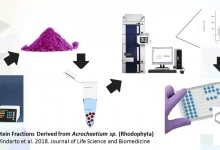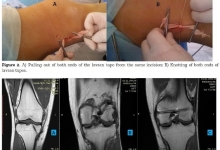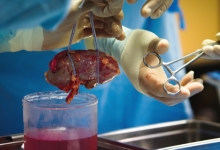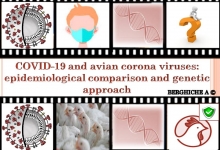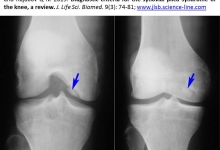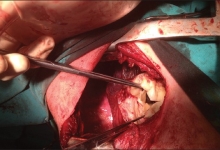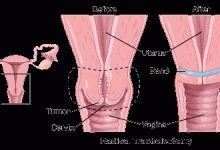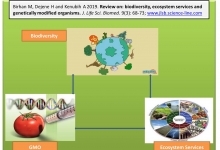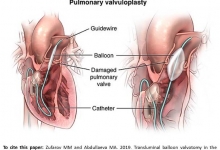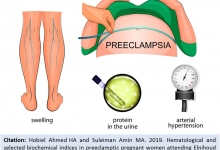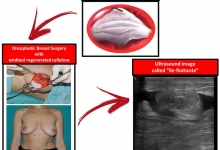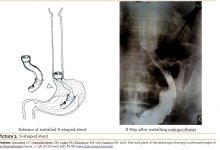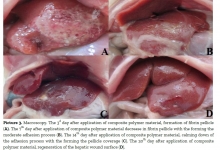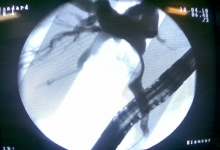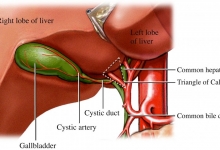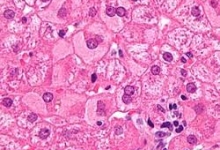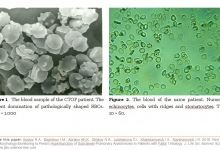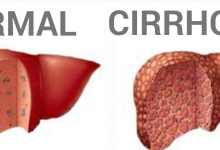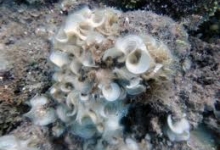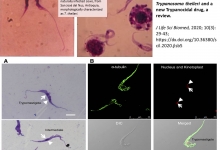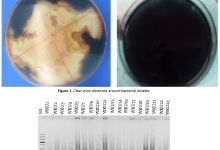Previous issue | Next issue | Archive
Volume 6 (6); November 25, 2016 [Booklet]
Research Paper
Handling, Processing and Utilization of Milk and Its Products in Gondar Town, Ethiopia.
Addisu Sh, Muhammed A and Haile N.
J. Life Sci. Biomed., 6 (6): 120-126, 2016; pii:S225199391600020-6
Abstract
The study was conducted from November to May, 2016 with the objective to assess the handling, processing and marketing of milk and its product in Gondar town. Data were collected with the three representative kebeles (kebele 18, 19 and 20) purposively. The study was carried out through informal and formal surveys. From those kebles a total of 45 respondents were taken randomly. From the respondents majority of them were male (86.7%). 42.2% of the respondents were keep dairy cow under the age of 47-62. In the study area, the overall average family size was 5.7%. The equipments used for milking were gourd (28.9%), plastic jar (64.4%) and aluminum jar (6.67%). Equipments used for milk processing were gourd (48.89%), cream separator (15.5%), clay pot (11.11%) and others (24.4%). More than half of the respondents had not used refrigerator for handling of milk and its products. All milkers were washed their hands before milking however, only 62% of the respondents were washed the cow udder before milking. 60% of the respondents were processed the milk in traditional way. Preferred milk processed products were skim milk (48.89%), butter (40%), yogurt (6.67%) and the remaining were cheese (4.44%). Half of the respondents were used yogurt for household consumption however, 77.77% of the respondents were selling milk in the market. Generally milk production in Gondar town is contributing a role for the household livelihood improvement however, handling, processing and utilization of milk and its products should need further improvement.
Keywords: Gondar, Handling, Processing, Utilization of MilK
[Full text-PDF] [HTML] [Google Scholar]
Research Paper
Phenotypic Characterization of Indigenous Cattle Populations in West Gojjam Administrative Zones, Amhara National Regional State, Ethiopia.
Tenagne A, Mekuriaw G and D Kumar.
J. Life Sci. Biomed., 6 (6): 127-138, 2016; pii:S225199391600021-6
Abstract
The study was carried out in Semen Achefer, Sekela and Jabitenan districts of Western Gojjam zone of Amhara National Regional State. The objective of the study was to carry out phenotypic characterization of local cattle population in the study under farmers’ management condition in the study area. A total of 600 cattle were sampled randomly for characterization of phenotypic traits. Data were gathered through field observations and linear body measurements of sample populations. The Sampled indigenous cattle were identified by sex and district (agro ecology). The most dominant coat colour patterns in the sampled populations were plain, patchy and spotted with the most frequently observed coat colour type being light red, black and dark red. Sex of animals had P< 0.05, on all of the body measurements. Agro ecology also showed P< 0.05, for most of the body measurements, except tail length, horn length, height at wither and rump height. Moderate and P< 0.05, positive correlation was found among the body measurements. The prediction of body weight could be based on regression equation y = -481.55 + 4.89x for male sample population and y = -405.22 + 4.64x for female sample cattle population where y and x are body weight and chest girth, respectively. Most of the body measurements of cattle were affected by sex and agro- ecolog. Phenotypic result of cattle populations in the study areas was varied from former finding and therefore; to put specific characteristics’ of the breed, further molecular characterization is needed.
Keywords: Body Weight, Cattle, Characterization, Indigenous, Linear Body Measurement
[Full text-PDF] [HTML] [Google Scholar]


